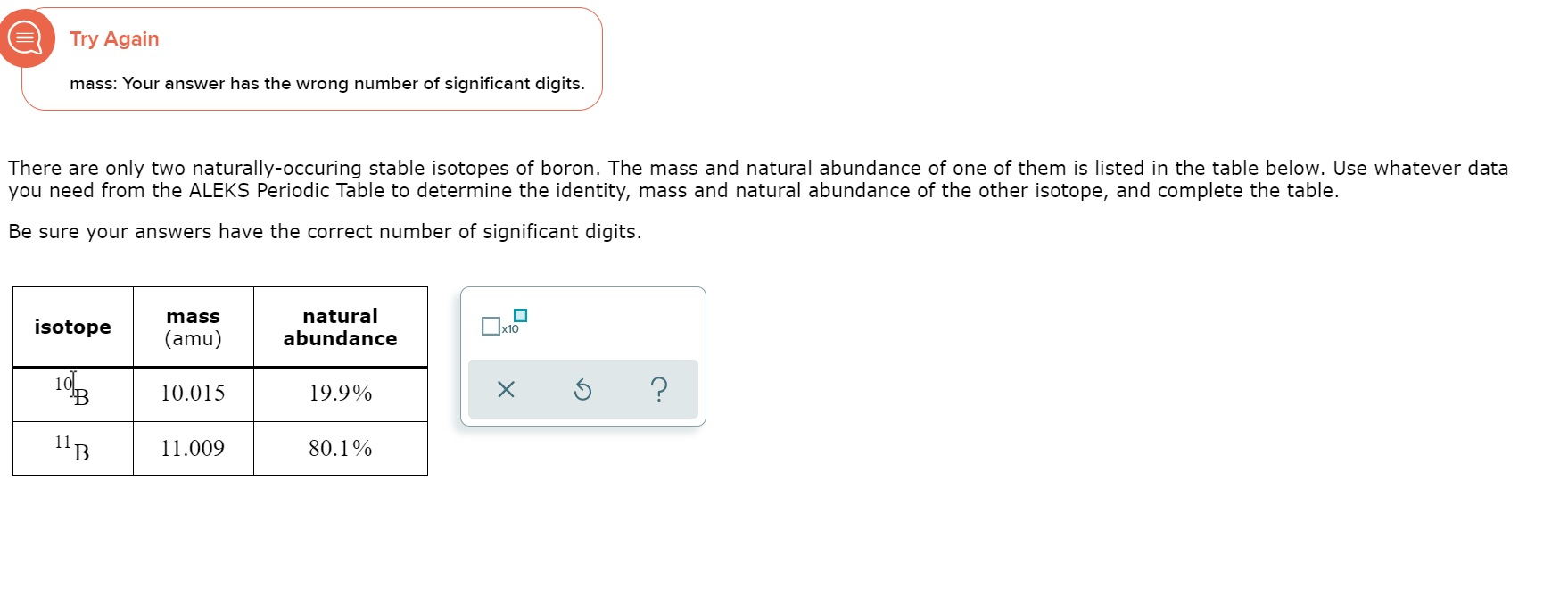

Amorphous boron produces the green color seen in pyrotechnics and flares.

When in contact with metals, amorphous boron turns into boride. This is a dark powder that does not react with oxygen, water, acids, or alkalis. It presents in several forms, with the most common being amorphous boron. Boron’s Applications in Today’s Worldīoron has many uses. It has much less reactive than aluminum, and has a different aqueous chemistry than aluminum does. It’s 3 valence electrons allow to form a wide variety of boranes and borates. The boron atom has an electron configuration of 1s 22s 22p 1. It is a metalloid with crystalline and amorphous forms. It lies to the left of carbon and above aluminum in group 13 of the periodic table.
Crystalline boron is rare, expensive but quite beautifulīoron has atomic symbol B and atomic number 5. Boric oxide has no definite melting point but will begin to soften at a temperature of about 325˚C (617˚F). Borates are thought to stabilize the ribose- the building blocks of RNA- meaning that they could have been vital to the formation of RNA and therefore life on Earth. The RNA World Hypothesis states that DNA became the genetic material as a result of evolution and that RNA came first as an unstable molecule. Boron may have been an important component of the origin of life on Earth. To achieve pure crystalline boron proves difficult: Boron tribromide (BBr 3) or boron trichloride (BCl 3) has to become reduced with hydrogen on an electrically heated tantalum filament. It is ideal for scientific glassware because of its resistance to temperature changes and most chemicals. Borosilicate glass is much more high quality and durable than normal glass. It is unlikely for sturdy tools to contain this metalloid however, ceramics containing boron are commonly used to make cutting tools for use in machining hard metals. Pure boron is hard and abrasive, yet brittle. In nature, compounds of oxygen contain boron. Boron is not abundant in its pure form and only makes up less than 0.001% of the earth’s crust. Countries including the U.S., Tibet, Chile, and Turkey mine about two million tons of borate annually. The name boron comes from the Arabic word “buraq” and the Persian word “Burah”, which means borax. Because of this, boron has found widespread applications in sealants, epoxies, cardboard, and synthesis of slime (which you can learn to make here)! Humans tend to enjoy boron, ants not so much. One of the defining features of boron is that it contains an empty p-orbital that allows for acceptance of an electron pair causing it to behave as a strong Lewis acid. It does not store any personal data.The element boron, B, has an atomic number of 5 and is the only non-metal belonging to Group 13 of the periodic table. 
The cookie is set by the GDPR Cookie Consent plugin and is used to store whether or not user has consented to the use of cookies. The cookie is used to store the user consent for the cookies in the category "Performance". This cookie is set by GDPR Cookie Consent plugin. The cookie is used to store the user consent for the cookies in the category "Other. The cookies is used to store the user consent for the cookies in the category "Necessary". The cookie is set by GDPR cookie consent to record the user consent for the cookies in the category "Functional". The cookie is used to store the user consent for the cookies in the category "Analytics".

These cookies ensure basic functionalities and security features of the website, anonymously. Necessary cookies are absolutely essential for the website to function properly.








 0 kommentar(er)
0 kommentar(er)
